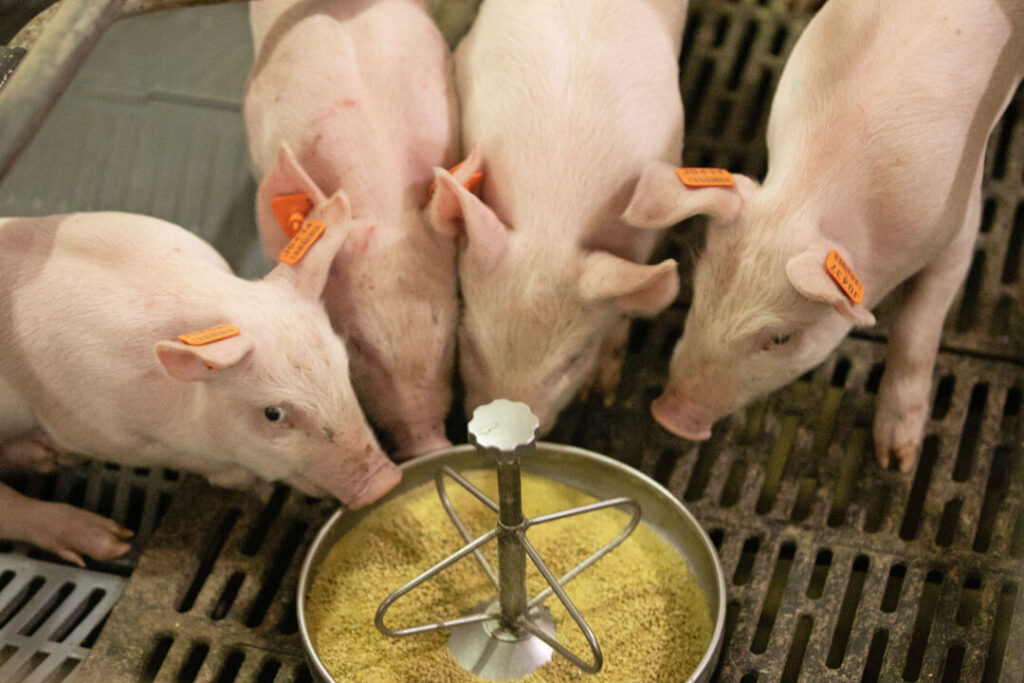By Eli Johanne Gjerlaug-Enger
The environmental sustainability of food production systems, including net greenhouse gas (GHG) emissions, is growing in importance. When it comes to breeding, we are in a fortunate position because there is large compliance between the breeding goal that gives the best economy and the breeding goal that gives the greatest reductions in greenhouse gases. This has been demonstrated with an IPCC methodology-based model, which reveals the effects of the progress in genetics and management in pork production on GHG emissions per kg carcass weight.
Topigs Norsvin pigs in Norway have just half the climate footprint of the average pig from major pig-producing countries in the world. There are several reasons for this, but the most important is that these pigs are the world’s most feed-efficient. They consume feed that has not displaced forests and the manure contributes to new plant production and carbon sequestration in the soil. The manure is stored cold, and a large area in the bin is completely floored for better animal welfare. Furthermore, the manure area is small and emptied regularly.
For Topigs Norsvin, animal performance must be high in terms of reproduction and growth and combined with low mortality. These factors are important because the most important characteristics for GHG emissions are feed conversion rate, weaned piglets per litter, and mortality.
Feed and utilization rates of slaughtering differ from country to country. However, with a healthy pig that eats feed with a low-climate footprint, utilizes this well, and produces little waste, it can be calculated that pigs have lower GHG emissions than farmed salmon and chicken and also better protein utilization.

